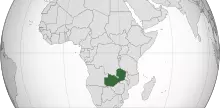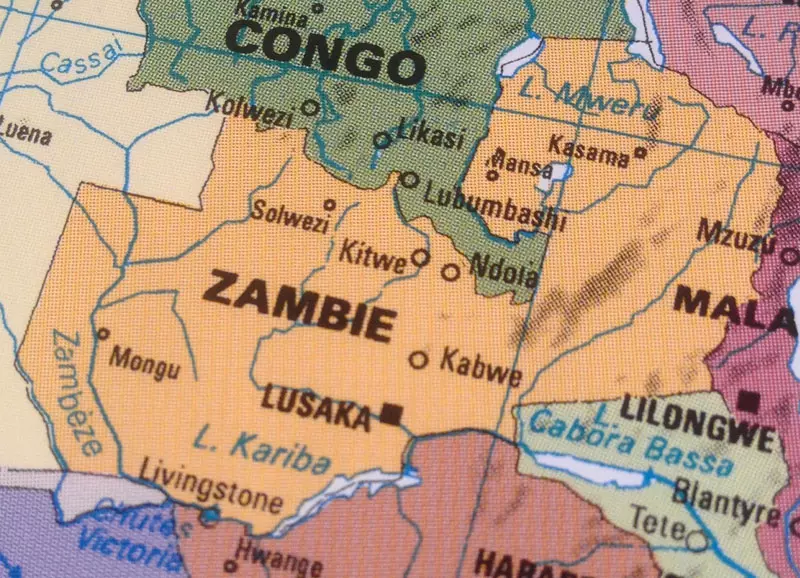Zambia has long been burdened by cholera outbreaks. The 2023–2024 outbreak was the largest in the nation’s history, with over 23,000 cases and 739 deaths (case fatality rate of 3.2%). The provinces reporting the most cases were Lusaka Province (76% of cases) and Copperbelt Province (9% of cases). To respond to this public health crisis, the Ministry of Health and the Zambian National Public Health Institute developed and implemented the Integrated Community Strategy for Cholera Control in the three most affected districts of the Copperbelt Province. In a recent study, Mwale et al. assessed strategy effectiveness and highlighted key lessons learned (1).
The Integrated Community Strategy focused on interventions to quickly detect and treat cholera cases, while preventing further transmission. To achieve these objectives, multidisciplinary teams trained community-based volunteers and healthcare workers. These community teams then conducted door-to-door awareness campaigns, promoting handwashing with soap, safe water use and storage, proper sanitation, safe food handling, and rapid treatment-seeking behaviors. The teams also implemented interventions such as water treatment and reported any suspected cholera cases to health centers (1).
Following strategy implementation, a rapid decrease in cholera cases and community deaths was observed. Community engagement efforts also enhanced public health preparedness and contributed to long-term community resilience against future outbreaks. The study highlighted several key lessons important for a successful community-based approach (1):
Engaging community leaders and volunteers early on was critical to building trust, sharing information, and encouraging people to adopt preventive measures. Early involvement of health authorities facilitated the response by securing their ownership of the strategy.
Training community volunteers and healthcare workers was critical for a swift and effective response. Regular training on case detection and reporting enabled the response teams to adjust the interventions in real time. To maintain preparedness, refresher training and regular simulation exercises should be institutionalized.
Flexibility was key in enabling teams to tailor interventions to local contexts and needs, specific risk factors, and socio-cultural dynamics.
Sustained health education helped to reinforce protective behaviors.
This strategy and lessons learned may serve as a model to be leveraged and adapted by other countries facing similar public health crises.

Reference
1. Mwale M, Chipimo PJ, Kalubula P, Hibusu L, Mulima SMC, Kapema K, et al. Building resilience against cholera: lessons from the implementation of integrated community strategy for cholera control in Zambia. BMJ Glob Health. 2025 Jan 22;10(1):e017055.

